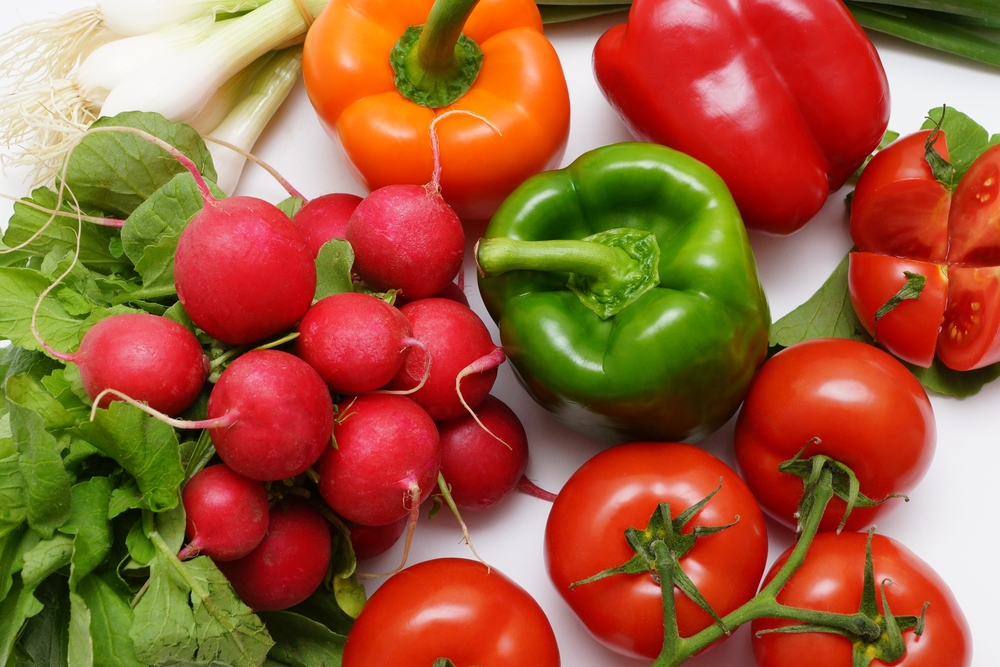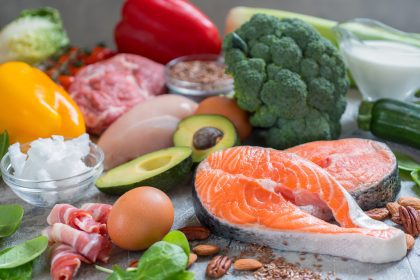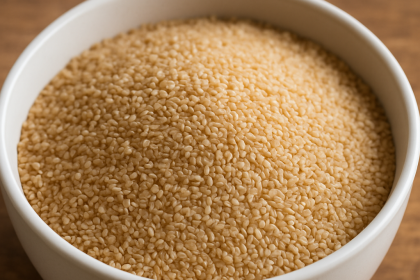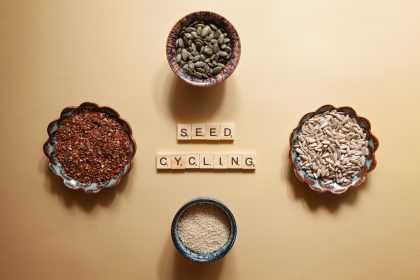You’ve probably heard it from a friend who swears their arthritis flares up after eating eggplant. Or maybe you’ve seen wellness influencers on social media declaring that tomatoes are the hidden cause of your inflammation. The claim that nightshade vegetables trigger inflammation has become one of nutrition’s most persistent controversies, leaving many people confused about whether to keep or cut these foods from their diets.
Nightshades include some of our most beloved foods, from tomatoes, potatoes, and eggplants to peppers and even the spice paprika. The nightshade family, scientifically known as Solanaceae, encompasses about 2,500 plant species, but only a handful end up on our plates. These vegetables are nutritional powerhouses packed with vitamins, minerals, and antioxidants, which makes the inflammation question all the more pressing.
Let’s dive into what science actually tells us about nightshades and inflammation, separating evidence-based conclusions from well-meaning but potentially misguided advice.
The origin of the nightshade controversy
The suspicion surrounding nightshades has deep historical roots. Many plants in this family contain potent alkaloids that can indeed be toxic. Deadly nightshade, for instance, contains atropine, which can cause hallucinations and even death. This legitimate danger in some nightshade family members has cast suspicion on even the edible varieties.
The modern anti-nightshade movement gained momentum largely through the work of Norman F. Childers, a horticulturist who published books in the 1980s claiming that nightshade vegetables worsen arthritis. Childers reported that after eliminating nightshades from his diet, his own arthritis symptoms improved dramatically. He subsequently collected thousands of anecdotal reports from people who experienced similar relief.
This narrative gained further traction as various elimination diets became popular for addressing inflammation and autoimmune conditions. The Paleo diet, autoimmune protocol, and other similar approaches often suggest limiting or avoiding nightshades, cementing their reputation as potential inflammatory triggers in wellness circles.
But anecdotal reports, while valuable for generating hypotheses, don’t constitute scientific evidence. So what does the research actually show?
The alkaloid argument examined
The primary substances in nightshades suspected of causing inflammation are alkaloids, particularly solanine, tomatine, capsaicin, and nicotine. These compounds exist in varying amounts in different nightshade plants and serve as natural pesticides, protecting the plants from insects and disease.
Solanine, found primarily in potatoes, increases when potatoes turn green from light exposure. At high concentrations, it can indeed be toxic, causing headaches, nausea, and neurological symptoms. However, properly stored and prepared potatoes contain very small amounts of solanine that are safely processed by most people’s bodies.
Tomatine, found in tomatoes, decreases as tomatoes ripen, which is why ripe tomatoes don’t have the bitter taste of green ones. Research shows that tomatine actually has anti-inflammatory properties in laboratory studies, potentially fighting cancer cells and reducing cholesterol absorption.
Capsaicin, the compound that gives peppers their heat, presents a fascinating paradox. It initially triggers inflammatory responses when it contacts tissues, creating that familiar burning sensation. However, research shows that with continued exposure, capsaicin actually desensitizes pain receptors and reduces inflammatory signaling over time. This is why capsaicin creams are used to treat arthritis pain, not cause it.
The trace amounts of nicotine in eggplants, tomatoes, and potatoes has also raised concerns. While nicotine is indeed addictive and harmful in cigarettes, the levels in nightshade vegetables are minuscule, about 2-7 nanograms per gram of food. For perspective, that’s about 0.00000001% of what’s in a cigarette.
What the research really shows
When we look at actual scientific research on nightshades and inflammation, we find a surprising lack of direct evidence supporting the inflammation claim. In fact, most studies point in the opposite direction.
Tomatoes, rich in lycopene and vitamin C, have consistently demonstrated anti-inflammatory effects in research. A 2015 study published in Molecular Nutrition & Food Research found that tomato consumption reduced inflammatory markers in overweight and obese participants. Another study in the British Journal of Nutrition showed that drinking tomato juice decreased inflammatory adipokines in women.
Bell peppers, packed with vitamins C and E, have shown similar benefits. Research in the European Journal of Nutrition demonstrated that consuming sweet peppers increased antioxidant capacity and reduced inflammatory markers in healthy subjects.
Potatoes, often maligned for their starch content, contain resistant starch when cooled after cooking, which feeds beneficial gut bacteria and may reduce intestinal inflammation. They’re also rich in potassium and vitamin C, nutrients associated with lower levels of inflammation.
Eggplants contain nasunin and chlorogenic acid, compounds with demonstrated antioxidant and anti-inflammatory properties. Laboratory studies show these compounds reduce inflammatory signaling in cell cultures.
Particularly telling is the lack of nightshade avoidance recommendations in any major medical organization’s guidelines for treating inflammatory conditions like rheumatoid arthritis. The Arthritis Foundation specifically states there is no scientific evidence that nightshades inflame arthritis or make symptoms worse.
The individuality factor
Despite the general evidence suggesting nightshades are anti-inflammatory for most people, individual responses to foods can vary dramatically. This explains why some people genuinely report feeling better after eliminating nightshades, even if large population studies don’t support a universal inflammatory effect.
Food sensitivities operate through multiple mechanisms, some involving true allergies mediated by immunoglobulin E (IgE), others through less understood pathways. These responses are highly individual and difficult to predict based on population data.
Certain compounds in nightshades might trigger reactions in specific individuals. For instance, histamine-sensitive people might react to tomatoes, which naturally contain histamine. Those with latex allergies sometimes cross-react with certain nightshades. People with irritable bowel syndrome might find the fodmaps in some nightshades trigger digestive symptoms that feel like inflammation.
Some researchers hypothesize that individuals with autoimmune conditions or compromised intestinal permeability might respond differently to certain plant compounds, including those in nightshades. This remains an active area of research, but it might explain why nightshade sensitivity seems more common among people with autoimmune diseases.
The nocebo effect consideration
The power of belief in shaping physical symptoms cannot be overlooked in this discussion. The nocebo effect, essentially the negative version of the placebo effect, demonstrates that expecting negative outcomes from a substance can actually produce those negative outcomes, even if the substance itself is inert.
When people strongly believe that nightshades will worsen their joint pain or digestive issues, they might indeed experience those symptoms after consumption, even if no biological mechanism is triggering them. This doesn’t make the symptoms any less real to the person experiencing them, but it does complicate our understanding of cause and effect.
The nocebo effect might partly explain why elimination diets often produce initial positive results that fade over time, and why reintroduction sometimes causes symptoms even when done with foods that are biochemically unrelated to the original suspected triggers.
A balanced approach to nightshades
Given the nutritional benefits of nightshades and the lack of strong evidence for universal inflammatory effects, wholesale avoidance isn’t supported by science for most people. However, individual variation means some people might genuinely react poorly to these foods.
If you suspect nightshades might be affecting your health, a structured elimination and reintroduction protocol under healthcare guidance provides the most reliable way to determine your personal response. This approach helps distinguish between actual reactions and coincidental symptoms or nocebo effects.
Important considerations include testing each nightshade separately rather than as a group, since reactions to tomatoes don’t predict reactions to potatoes. Pay attention to preparation methods too, as solanine concentrations in potatoes increase with greening and sprouting, and cooking methods affect alkaloid content across all nightshades.
For those who do identify clear negative responses to nightshades, selective avoidance of problematic items rather than eliminating the entire family often proves sufficient. You might discover that fresh tomatoes cause problems while cooked tomato sauce doesn’t, or that white potatoes trigger symptoms but peppers are perfectly tolerable.
In weighing the decision about nightshades, consider the substantial nutritional benefits you might sacrifice through avoidance. Tomatoes provide lycopene, bell peppers offer exceptional vitamin C, and potatoes deliver affordable, satiating nutrition including resistant starch and potassium. These benefits must be weighed against any potential sensitivity.
The bottom line? Science doesn’t support the notion that nightshades are inflammatory for most people. In fact, research generally shows anti-inflammatory effects from these nutrient-dense foods. But individual responses vary, and listening to your own body, ideally through structured testing rather than assumption, remains the most reliable guide to your personal food choices.

















